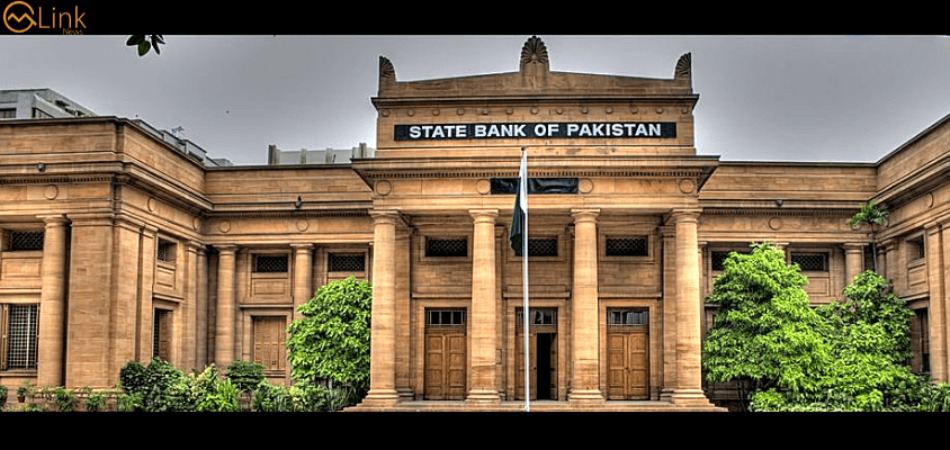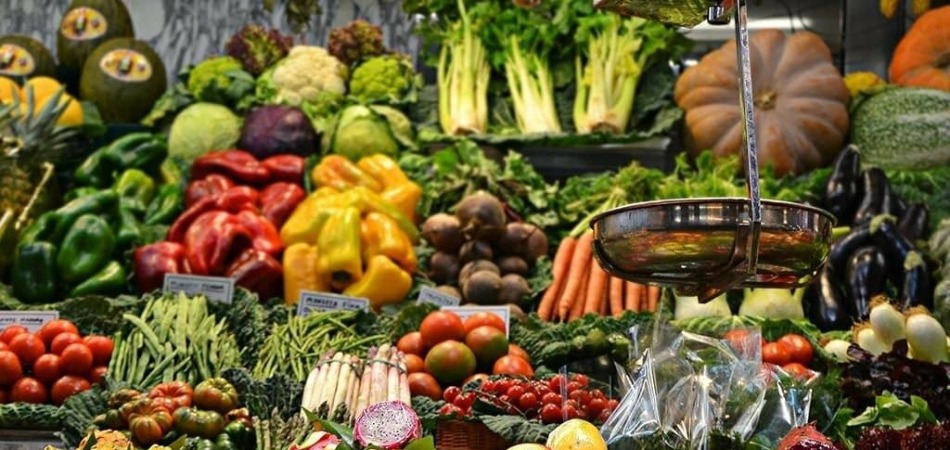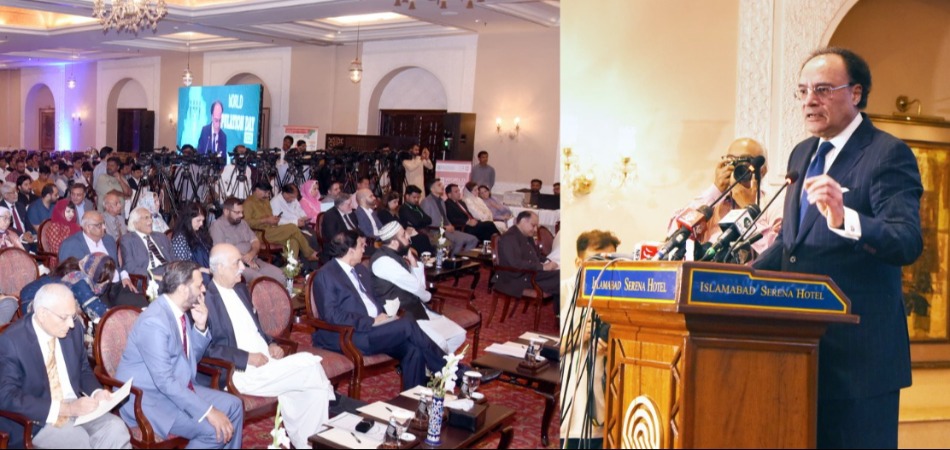Khurram Schehzad reveals Pakistan's Rs7.1tr tax gap

MG News | December 28, 2024 at 02:28 PM GMT+05:00
December 28, 2024 (MLN): Pakistan's tax gap (potential additional tax) is Rs7.1 trillion over Rs4tr in Sales Tax, over Rs2tr in Income Tax, rest in duties, stated Khurram Schehzad, Adviser to Finance Minister Mohammad Aurangzeb.
There are 4.9 million non-filers according to withholding data available with the Federal Board of Revenue (FBR) and the National Database and Registration Authority (NADRA), he said in a series of tweets.
This data is based on bank profit, withdrawals, deposits, property ownership, vehicle ownership, and telco spending, he added.
An algorithm was deployed to develop clusters of 4.9mn non-filers based on their spending patterns.
The government's major interventions are focused on the top 5% of earners.
Khurram Schehzad further said, around 3.3mn individuals fall under the top 5% category.
Out of these, only 0.8mn file income tax returns while 2.7mn do not file them.
They are either filing below this category or are not filing at all, The tax liability these 5% individuals owe stands over Rs1.6tr.
Even if the govt takes out this 5%, the tax liability of the rest 95% is not over Rs140 billion, he further noted.
Nearly 190,000 individuals have been identified as the highest-value non-filers for enforcement.
These include those with annual bank profits exceeding Rs1.3mn, ownership of three or more cars, or possession of two or more properties.
The list also covers individuals withdrawing over Rs3.5mn per year, depositing at least Rs28mn in bank accounts, or owning a credit card.
Notices have been issued to 169,000 affluent 'non-filers, Adviser to the Finance Minister stated.
Remaining high-value non-filers are to be targeted in phases over 2025.
The first notice for filing has already been sent to the non-filers prioritized and enforcement has been initiated.
The digital dashboard is already live to track enforcement, Khurram Schehzad added.
FBR is strengthening its linkages with the economy to counter misreporting and underreporting by businesses
Establishing linkages with value chains, starting with sugar, cement, textiles, and beverages, with plans to expand to other sectors over time.
Capturing production data from these sectors and automatically sharing it with the FBR using video-based counting and track-and-trace systems.
The data is then to be used to cross-check the filed data across annexures in Sales Tax & Inc. Tax for these Cos to find anomalies/instances of under-reporting.
Within Sugar, both video analytics and Track and Trace Solution are deployed; The data is being captured and reconciled at the Central Monitoring Unit at FBR.
Similar solutions will be deployed across other prioritized sectors, such as Cement, Textiles, and Beverages.
Businesses evade sales tax by claiming fake input adjustments.
This practice has been used by a racket of companies operating multiple accounts to initiate fake input in the system.
FBR has over time introduced policy levers such as SRO 350 to stop the issue by limiting time for input adjustment and requiring both sellers and buyers to be sales tax filers to claim input tax.
Additionally, FBR developed a tool which is live already to detect this fraud within minutes, he noted.
It uses network analytics to automatically build end-to-end sales chains, triggered from the fake invoice initiator to the end beneficiaries/purchasers.
The tool automatically maps the chain central to sales tax audit, and reduces officer time from 5 days to a single click.
This identifies entities that act as central facilitators and enhances FBR's ability to investigate and prevent fraudulent activities.
Appraisement function in the past had a chance of collusion with importers as both parties knew each other and it was easy for importers to identify relevant appraisers.
The adviser to the Finance Minister said a central appraisement function is developed with a virtual pool of 450 appraisers across the country.
Appraisers are now placed in a fully-sanitized env. (no phones allowed/external internet access).
GDs are now randomly assigned across the appraisers, regardless of their placements.
1% of GDs will also be internally checked randomly by a group of high-capability officers to ensure quality control.
This system is already live in Karachi covering 80% of our volume rest of Pakistan will go live in early 2025.
Faceless examination plus body cams being deployed with central monitoring, adviser to the Finance Minister further stated.
See the table below how the Faceless examination deployed is producing results (Goods Declarations improving, assessments coming down, pending cases down average dwell time on the decline, and duties and revenues on the rise).
|
4 - 15th Dec |
16 - 27th Dec |
Difference |
|
|
No. of GDs Filed |
20,398 |
21,830 |
7% |
|
Marked for Assessment |
15,820 |
11,055 |
-30% |
|
Percentage of Assessment Pending |
20% |
12% |
-16% |
|
Examinations Called |
717 |
98 |
-86% |
|
Documents Called |
3,346 |
564 |
-83% |
|
Average Dwell Time (Hrs) |
108 |
66 |
-39% |
|
Customs Duty (PKR Mn) |
32,029 |
34,288 |
7% |
|
Total Revenue (PKR Mn) |
102,022 |
116,396 |
14% |
The ongoing amnesty of sparing non-filers is going to eventually end as per the new Tax Amendment Bill 2024, as being a non-filer is no option in the first place.
As per Tax Amendment Bill 2024, FBR bars non-filers from +800cc vehicle buying, opening a bank account, buying property over a specified limit, or acquiring shares.
"Overall, yes, we are not there yet, but on the right track to create a balance", he stated.
Copyright Mettis Link News
Related News
| Name | Price/Vol | %Chg/NChg |
|---|---|---|
| KSE100 | 134,299.77 290.06M |
0.39% 517.42 |
| ALLSHR | 84,018.16 764.12M |
0.48% 402.35 |
| KSE30 | 40,814.29 132.59M |
0.33% 132.52 |
| KMI30 | 192,589.16 116.24M |
0.49% 948.28 |
| KMIALLSHR | 56,072.25 387.69M |
0.32% 180.74 |
| BKTi | 36,971.75 19.46M |
-0.05% -16.94 |
| OGTi | 28,240.28 6.19M |
0.21% 58.78 |
| Symbol | Bid/Ask | High/Low |
|---|
| Name | Last | High/Low | Chg/%Chg |
|---|---|---|---|
| BITCOIN FUTURES | 118,140.00 | 119,450.00 115,635.00 |
4270.00 3.75% |
| BRENT CRUDE | 70.63 | 70.71 68.55 |
1.99 2.90% |
| RICHARDS BAY COAL MONTHLY | 97.50 | 0.00 0.00 |
1.10 1.14% |
| ROTTERDAM COAL MONTHLY | 108.75 | 108.75 108.75 |
0.40 0.37% |
| USD RBD PALM OLEIN | 998.50 | 998.50 998.50 |
0.00 0.00% |
| CRUDE OIL - WTI | 68.75 | 68.77 66.50 |
2.18 3.27% |
| SUGAR #11 WORLD | 16.56 | 16.60 16.20 |
0.30 1.85% |
Chart of the Day
Latest News
Top 5 things to watch in this week
Pakistan Stock Movers
| Name | Last | Chg/%Chg |
|---|
| Name | Last | Chg/%Chg |
|---|




 MTB Auction
MTB Auction